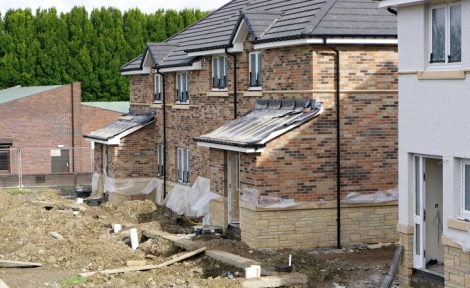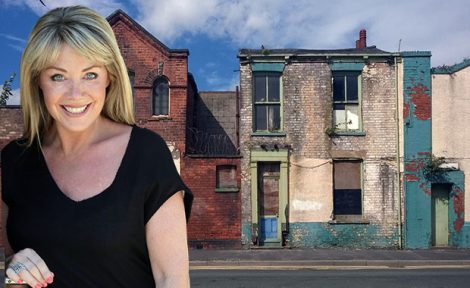General Election
Housing Minister Brandon Lewis sets out Conservative plans.
 With the clock ticking towards the 7th May, this is a good time to reflect on what we’ve achieved in this parliament.
With the clock ticking towards the 7th May, this is a good time to reflect on what we’ve achieved in this parliament.
In 2010 we inherited a broken housing market: builders couldn’t build, lenders wouldn’t lend and buyers couldn’t buy. Housebuilding starts were at their lowest for any peacetime year since the 1920s and a generation of hardworking young people – who could have rightly expected to take their first step on the property ladder – were locked out of homeownership.
Great progress has been made but the challenge remains considerable.”
Fast forward to today and the landscape is very different. The numbers of first-time buyers has hit a seven-year high; planning permission has been granted on 240,000 new homes in the year to October, and housebuilding starts are at their highest since 2007.
LONG-TERM STRATEGY
And this turnaround didn’t happen by accident – it required a longterm economic plan to restore confidence to the market and get the country building again.
Above all that meant security. Firm action to tackle the deficit – keeping interest rates at their record low, ensuring mortgages remained affordable and encouraging business investment.
We’ve supported the aspirations of hard-working people. Help to Buy is enabling homeowners to purchase with a fraction of the deposit they would normally require, and leading developers say they are building more homes as a result. Since the launch of the scheme, housebuilding starts have risen by 20 per cent while 77,000 people have been helped through Help to Buy.
Years of the last Government’s top-down housing targets had pitted communities against developers and built nothing but resentment. We radically reformed the planning system to put local people back in control.
The result? Support for new housebuilding rose sharply from 28 per cent in 2010 to 47 per cent in 2013.
Unlike the previous administration, we have invested in every area of the housing market, including billions for an affordable housing programme, which has delivered nearly 217,000 homes since 2010.
Rather than resorting to the lazy consensus of the past, which relied largely on grants funded by the hard-earned money of taxpayers, we have unlocked billions of pounds in private investment to supplement public funding.
A particularly innovative example of this is our range of Guarantee schemes, which use the Government’s strong economic record to act as guarantor so housing associations and others can access billions of pounds from institutional investors such as pension funds, at far more affordable interest rates, which they can then reinvest in building more homes.
BUILD TO RENT
And our efforts are not just confined to helping homeowners, or delivering more affordable homes: we’re also working to create a bigger, better private rented sector, with £1billion through our Build to Rent fund to develop homes specifically for private rent, and encouraging more professional landlords into the market.
I’m proud of what we’ve achieved in the last five years, and especially of turning around the construction industry, which was brought to its knees by the economic crash in 2008. As an industry that lost a quarter of a million jobs in the downturn it is great to see it recruiting new workers at the fastest rate for a decade.
THE FUTURE
So now it’s time to look to the future, and how we can meet the challenge facing us – maintaining this momentum. If buyers can buy, builders will build – so we’ve extended the Help to Buy: Equity Loan scheme to 2020, helping thousands more aspiring homeowners to move in to new homes.
And already we’ve set out plans to deliver 275,000 new affordable homes between 2015 and 2020, meaning affordable housebuilding will reach the fastest rate for two decades.
At the same time we also need to make sure there’s land available for homes to be built, whilst maintaining protection for the Green Belt.
We’re well on track to have released enough surplus public sector land for 100,000 homes, with plans to go even further after 2015 and release enough for 150,000 homes. And the Chancellor has set a clear target to have outlined planning permission on 90 per cent of suitable brownfield sites by 2020.
Great progress has been made, but we are not complacent – the challenge remains considerable. That’s why we will stay true to the principles that put us on the road to economic recovery, so we can support the aspirations of hardworking people, and build the homes this country needs.





